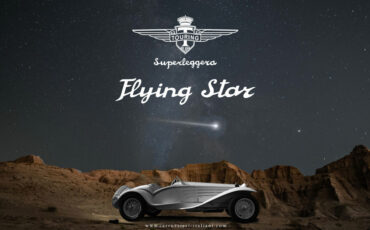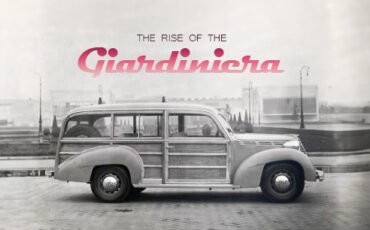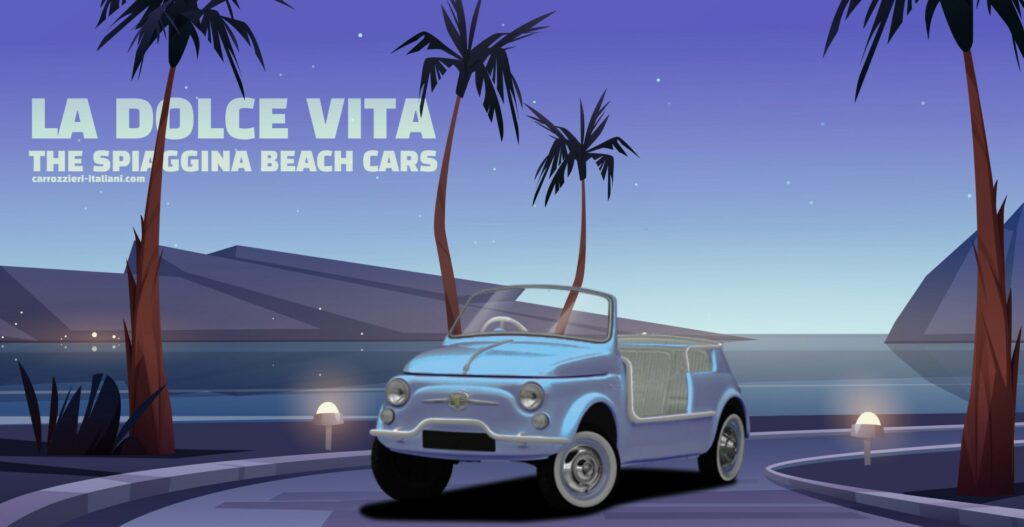
A new way to enjoy the summer holidays
The birth of the Spiaggina Beach Cars (Spiaggia = Beach) takes place in the immediate post-war period at the initiative of some Italian coachbuilders which transformed small mass production cars in order to make them suitable for the needs of wealthy customers during the holiday period in the seaside resorts.
The changes, made on the client’s need, were the most varied and generally included the removal of the roof and its replacement with a fabric awning, the installation of canvas or wicker seats and the elimination of the lateral glazed surfaces. and access doors.
The name “Spiaggina” was introduced with the 1958 Fiat 500 Boano Spiaggina, built on the Fiat Nuova 500 platform and mechanics and designed by Mario Boano. This car, despite being built in only two specimens, became famous in magazines all over the world for being photographed with its owners, Gianni Agnelli and Aristotle Onassis. Probably, it contributed to the affirmation of the term “Spiaggina”, also in reference to the folding beach chairs (which in italian are called in fact Spiaggina) used in bathing establishments, so this kind of cars were often referred by journalist as “beach furniture”.
From the second half of the fifties, various models of Spiaggina cars were built in small series by the main Italian coachbuilders until the early nineties.
With the definitive closure of the coachbuilder era, which mainly worked on Fiat production chassis, the term “Spiaggina” fell into oblivion due to safety regulations. But these cars will always have a special place in the heart of car enthusiasts and remain protagonists in many Concorsi d’Eleganza and world auctions reaching high prices.
So lets dig into deeper and see (in alphabetical order) the italian coachbuilder creations:
Boano
The first documented Spiaggina was built by Carrozzeria Boano on the Fiat 500 chassis. Two speciments were built. Boano also made the Torpedo Marina which was based on the big sister Fiat 600, this version allowed to carry more people, basically a family version of the Spiaggina.
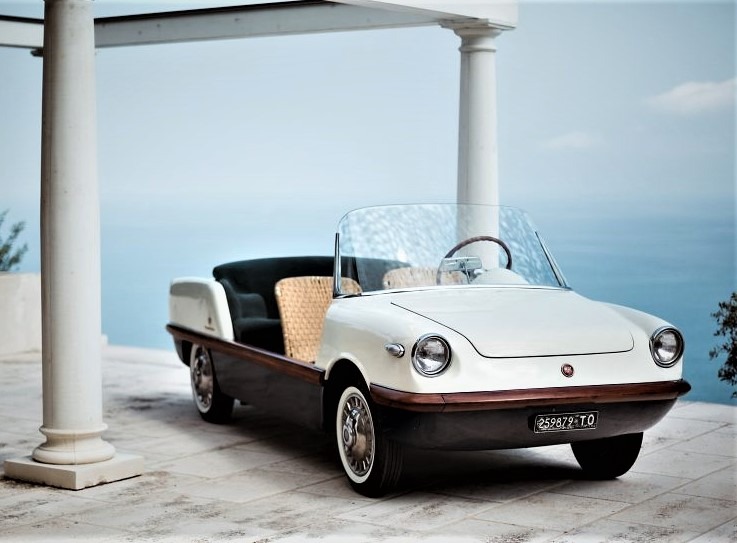
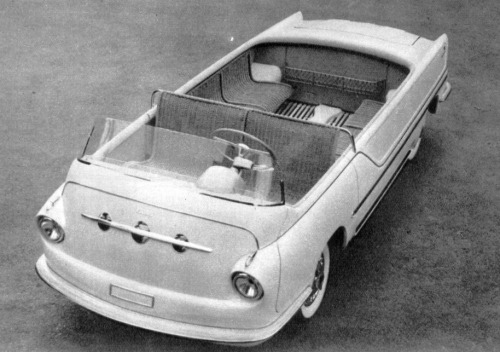
Castagna
Since the rebirth in 1994, the historic Carrozzeria from Milan relaunced the trend of the Spiaggina on various modern platforms. The most notables are the Mini based “Tender” and various interpretations on the Fiat 500, like the “Capri” and the “Tender2“.
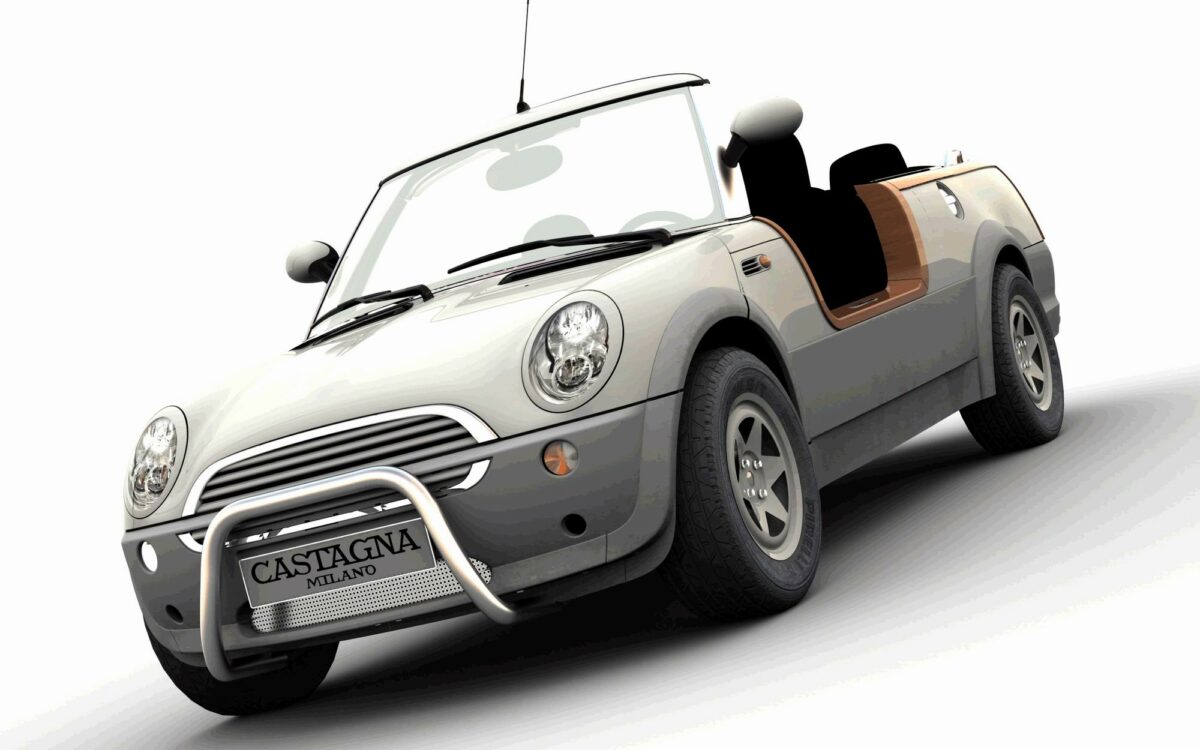

Fissore
The first example of Spiaggina made by Carrozzeria Fissore was this Fiat 600 Marinella. It features a two-tone yellow, brown paintwork, wood slatted bench seating, Coir carpeting and a Surrey top. Fissore made also its larger version based on the Multipla: the Fiat 600 Multipla Marinella which features semi-circular passenger seating, boat-style wood embellishment in the interior and a fixed roof. More than 20 years later a new interpretation followed on the Fiat 127 base: the Scout. Its body was made of fibreglass and had an almost off-road vibe.
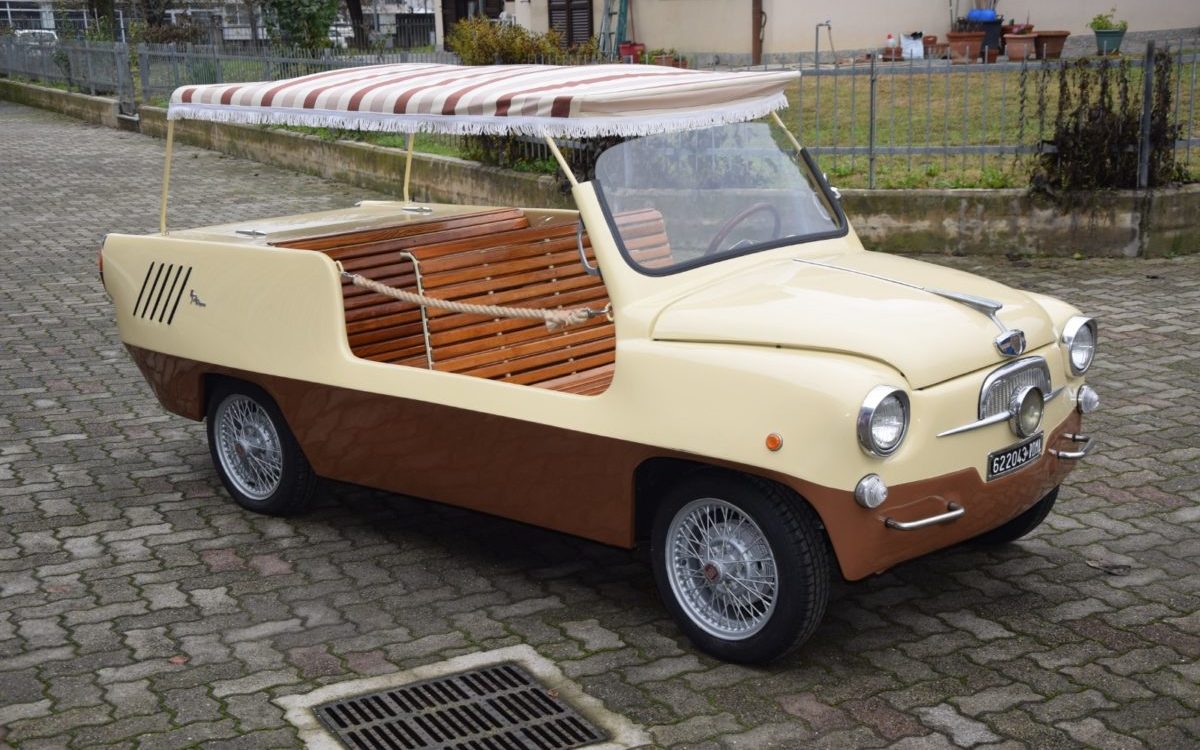

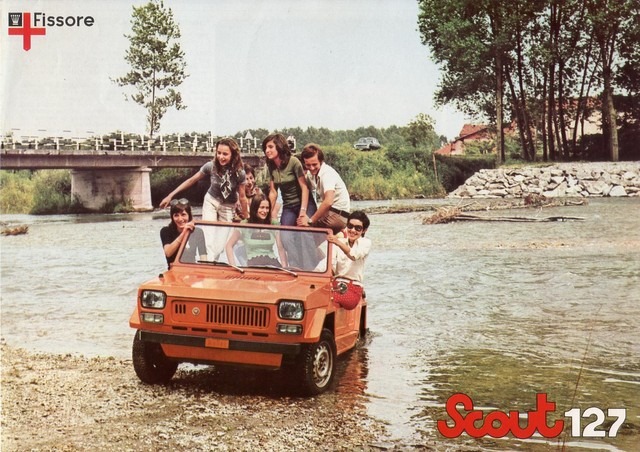
Photo courtesy of Stuart Parr Collection
Frua
The first Spiaggina made by Pietro Frua was unveiled at the 1957 Salone dell’Automobile di Torino. Based on the Fiat 500, this motorboat look-a-like one-off features an unusual position for its headlights: under the windshield. In 1977, Frua tried his luck again, this time (like Fissore) on the Fiat 127: the Dinghy.
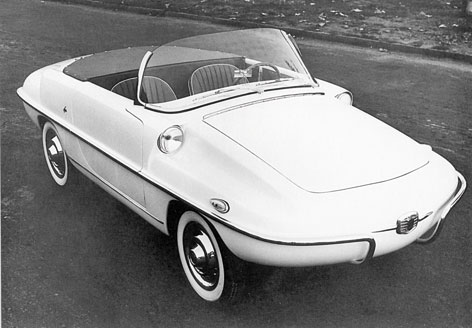
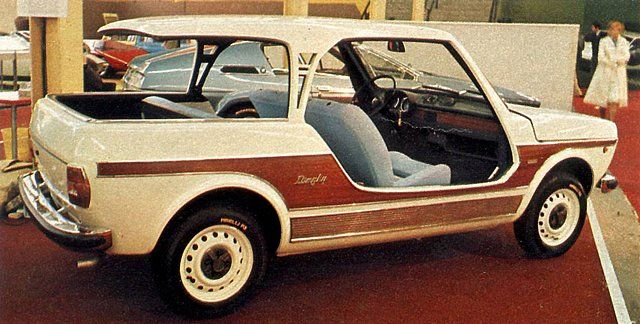
Ghia
Carrozzeria Ghia was the first Coachbuilder which mass produced the Spiaggina. With the Fiat 600 Jolly, designed by Sergio Sartorelli, Ghia gave basically birth to the iconic beach car. While the 600 Jolly was all about fun, its big sister, the Fiat 600 Multipla Jolly was more practical. More than 100 speciments in many versions were hand-built by Carrozzeria Ghia. Variants were also built on other brands like Renault and Autobianchi.
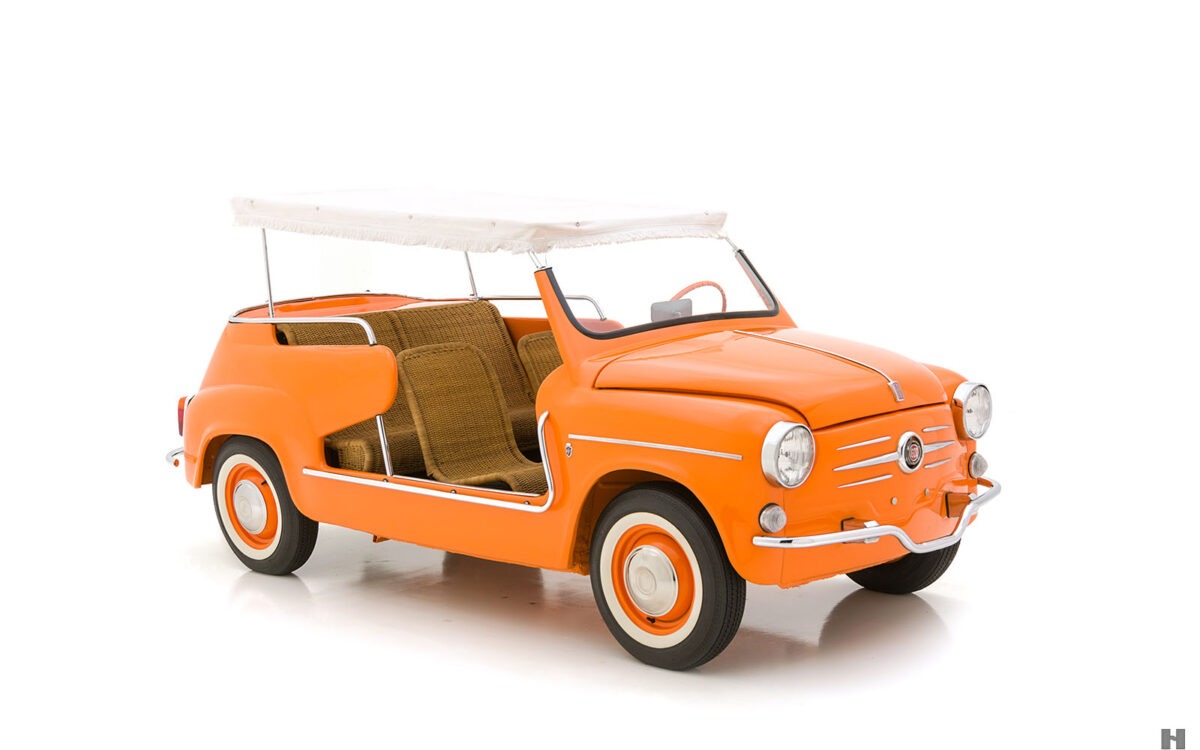
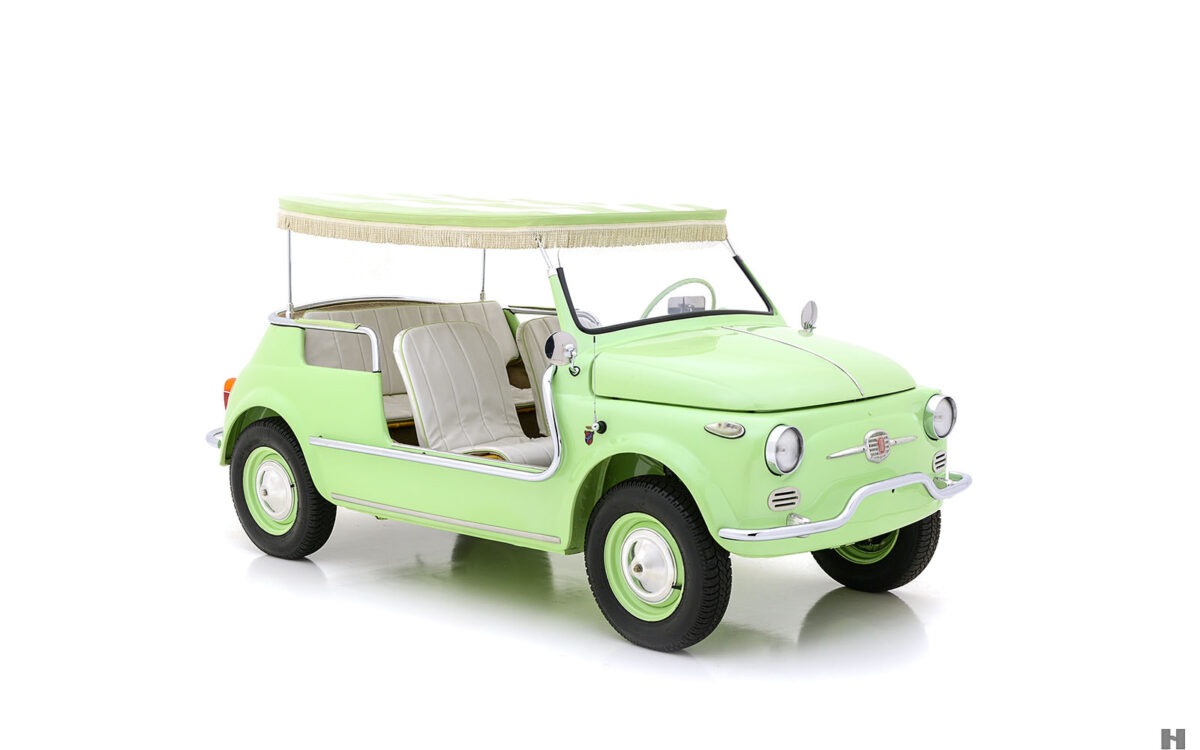



Photo courtesy of Hyman Ltd / Erik Fuller
Italdesign
The 2011 Volkswagen Up! Azzurra Sailing Team was created by Italian designers Giorgetto Giugiaro and Walter de Silva for Italdesign as a modern interpretation of the Spiaggina car. The Up! makes use of high-tech and highly stylish materials in the interor, all of which are completely waterproof, and they intentionally resemble the fittings of a luxury yacht. These features include the four seats in white-blue leather, numerous chrome components and a dashboard in mahogany with maple wood inlays. Its surfaces are coated in a synthetic resin.
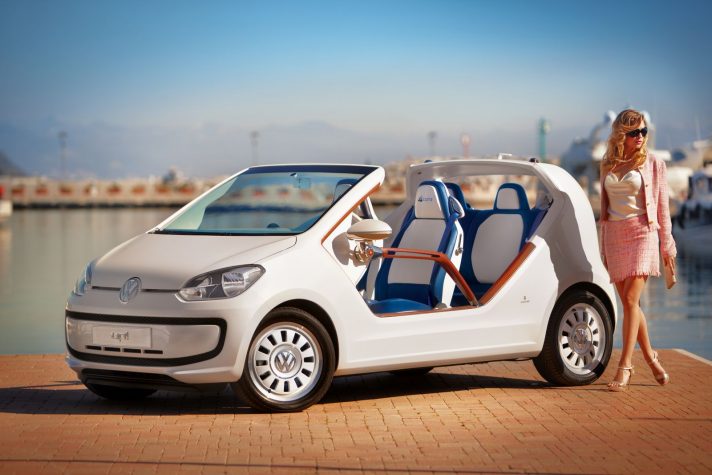
Michelotti
Probably one of the most famous Spiaggina Cars is the 1966 DAF Kini Beach Car. Designed by Giovanni Michelotti for the dutch car brand, it was made as gift for the royal family which used it at their summer residence in Porto Ercole. The 1968 Fiat Shellette in other hand, carries a lot of similarities with the Kini Beach car. Born in collaboration with Yacht designer Phillip Schell, it was based on the Fiat 850. About 80 were built, only less then 10 are still in existance.
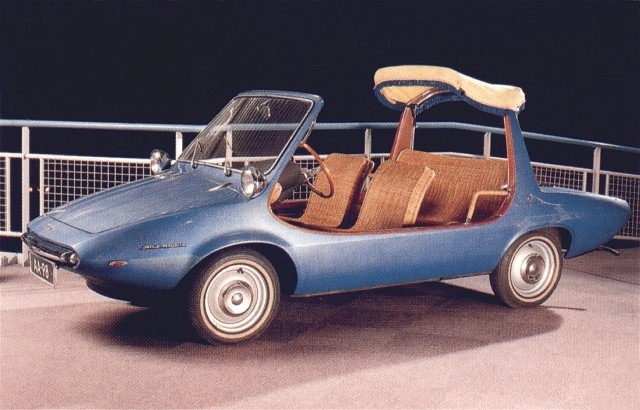
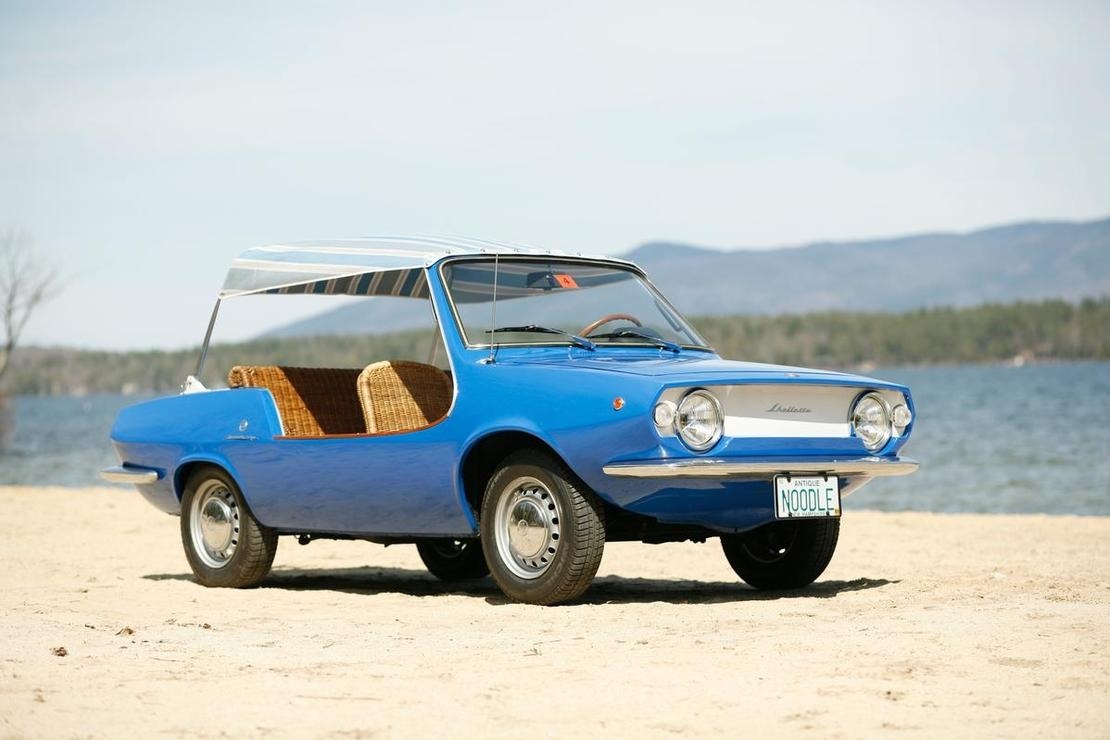
Photo courtesy of Bonhams
Moretti
Moretti, which was born as car manufacturer, and later became a coachbuilder was also involved in the realizzation of Spiaggina cars. In 1958 it built a Spiaggina based on the BMW Isetta. Of course there were also some interpretations on Fiat chassis like the 1960 Multipla Mare and again, on the Fiat 127 chassis, the Midimaxi.

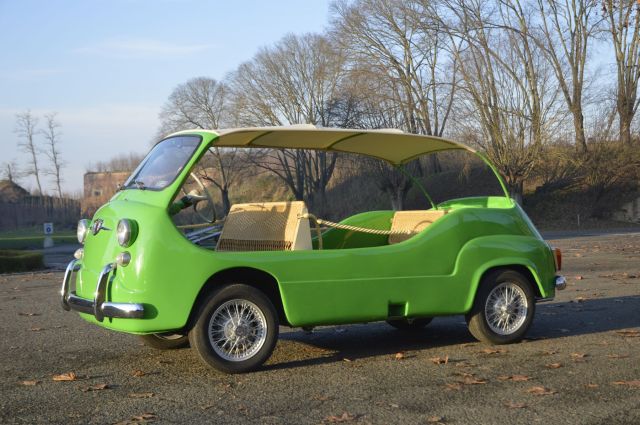
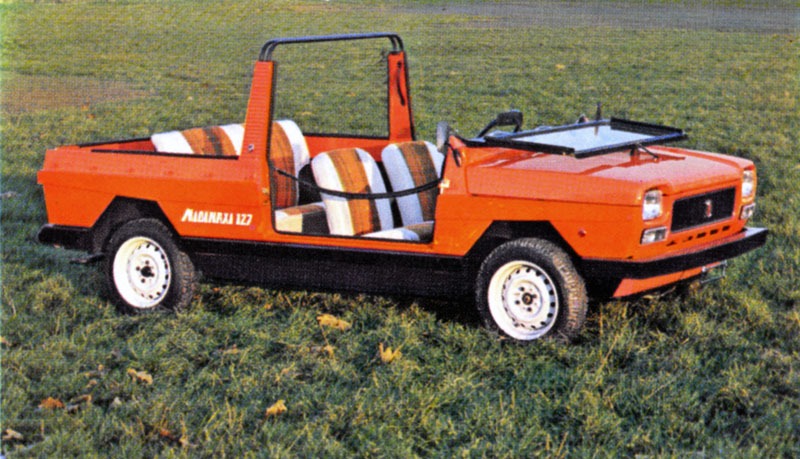
Pininfarina
Unveiled at the 1956 Turin Motor Show, Pininfarina’s debut of the Spiaggina cars was this Fiat 600 Multipla Eden Roc. Henry Ford Jr. bought this speciments on the first day of the show, and a second one was made for the Avvocato Agnelli. In 1969 Pininfarina presented the Teenage: a Spiaggina built on the Fiat 128 chassis which features a folding windshield and walkie talkies. No doors of roof were available. In 2001, to celebrate the 80’s birthday of Gianni Agnelli, Pininfarina built the Fiat Multipla Spider, a modern interpretation of the Spiaggina, which was followed in 2018 by the Fiat 500 Spiaggina 4.0, made in collaboration with Lapo Elkann, chairman and creative director of Garage Italia.
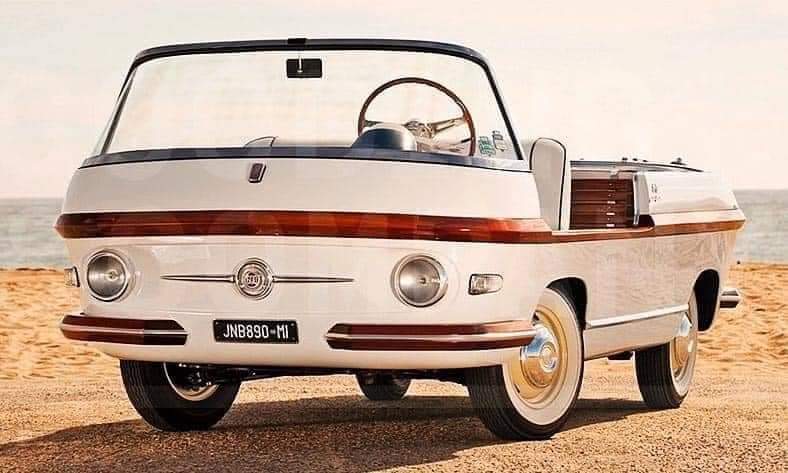
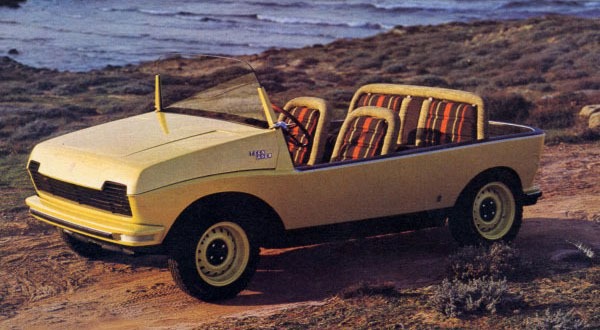
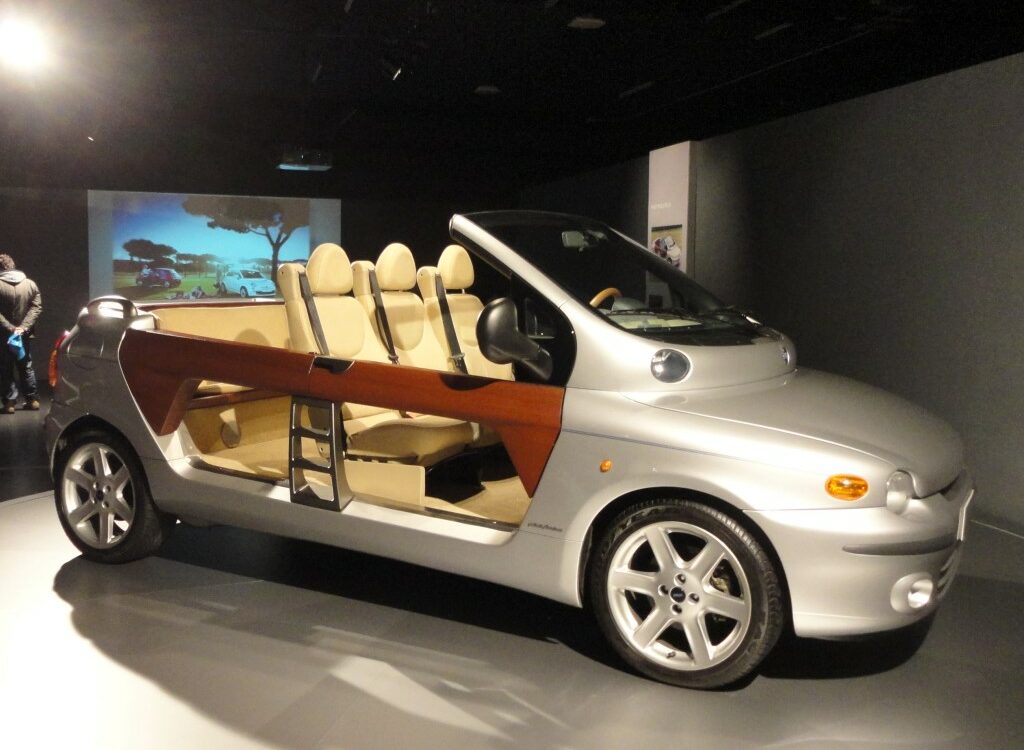
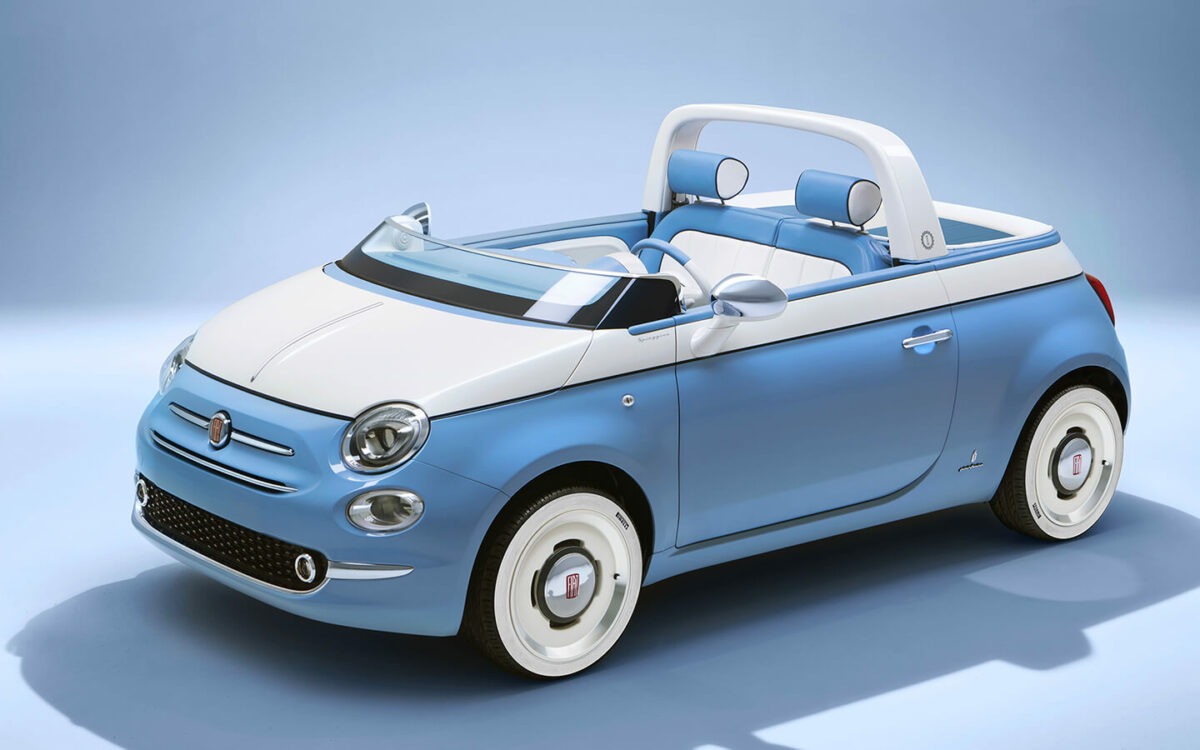
Savio
The less known coachbuilder Savio with its Spiaggina versions on the Fiat 600 and 500 basis designed by Boano followed in the 70’s by the 127 Albarella and the 126 Jungla.
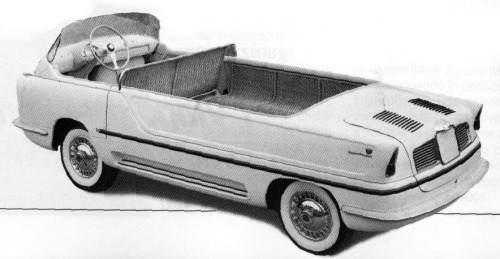
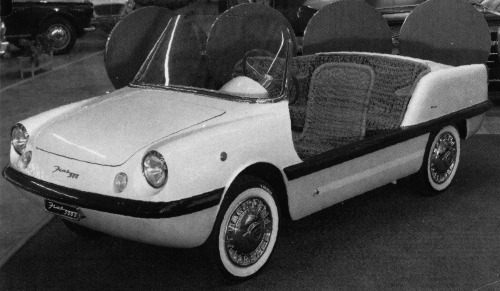
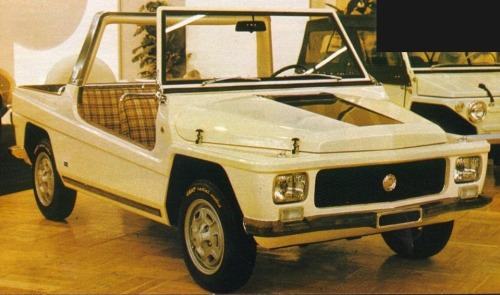

Vignale
Carrozzeria Vignale made various Spiaggina cars based on the Fiat Multipla and all designed by Giovanni Michelotti. Its worth mentioning the 1956 Fiat 600 Multipla Spiaggia exhibited at the 1957 Geneva Motor Show, and the 1963 Fiat 600 Torpedo Marina.
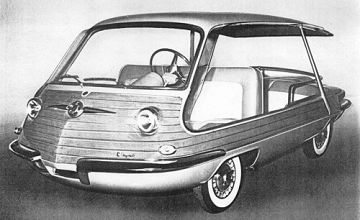
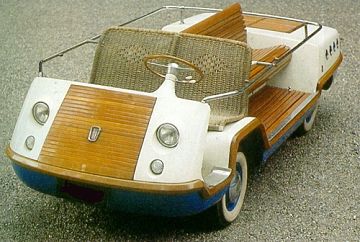
What is your favourite interpretation of the Spiaggina car? Comment below and check out for more here

